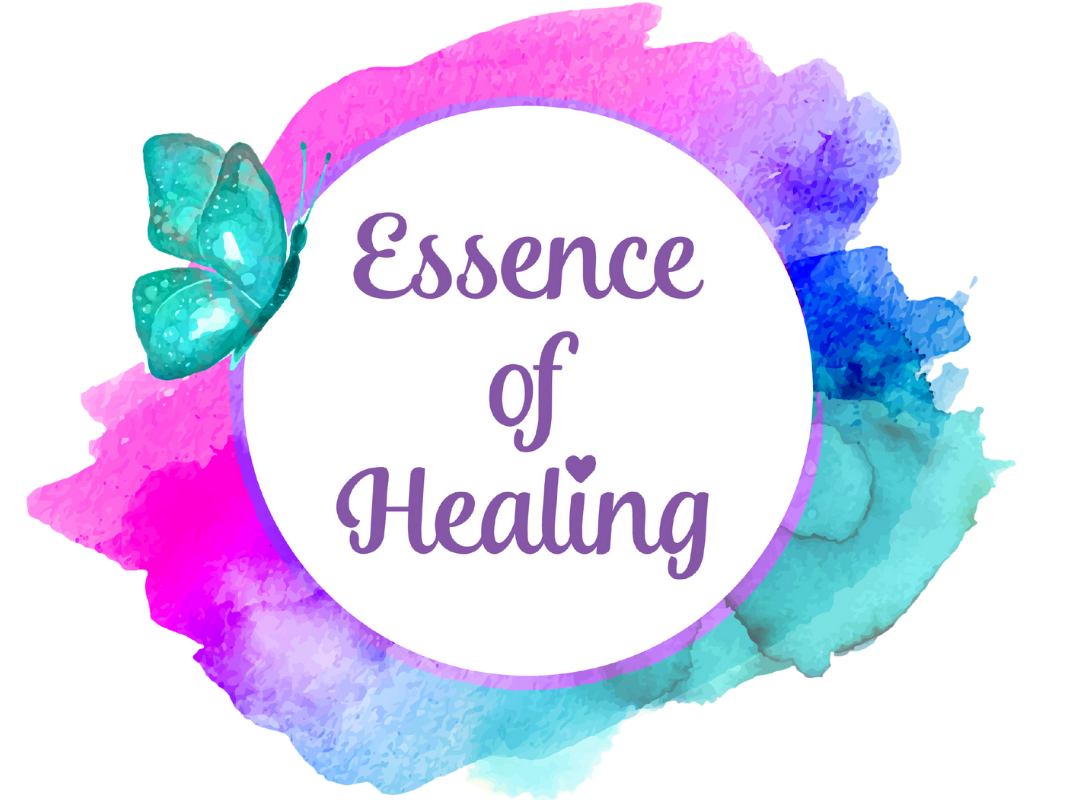BDSM Basics & Talking Kink in Therapy
Kink and BDSM are still heavily thought of with disdain. Misclassified as some sort of deviance, participating in the intimacy and lifestyles associated with BDSM may still feel rather isolating due to harmful myths.
But it doesn’t have to be this way. For so many folx who identify as kinky or use BDSM dynamics as a part of their relationship structure, the positive impacts on mental wellness will come as no surprise. Let’s talk about them anyway.
Is there a difference between kink and BDSM?
BDSM is an acronym that stands for a couple of variations on a similar theme: Bondage and Discipline, Dominance and Submission, and Sadism and Masochism. It’s an umbrella of practices in which everyone consensually and enthusiastically chooses which parts of this acronym suit them. Kink also sits under this umbrella as a subset of BDSM. It can be thought of more narrowly, though, as kinks are usually the specific acts or interests of alternative sexuality.
Participants in BDSM lifestyles may call themselves kinky, kinksters, or just call the individual acts kinks. Within each BDSM relationship, partners or groups will negotiate boundaries and consent before developing their unique version of a power play. Some hallmarks of BDSM relationships are the use of restraints and the exchange of power. For many folx, Dominance and submission (D/s) take a role in how they “play” or engage in a scene with a partner or group.
The correlation between kink and mental health may surprise you
Popular (or at least the common) opinion about BDSM is wrong. After finally being removed from the DSM-5, perhaps opinion will begin to realign with the study that showed a relationship between BDSM and mental health that no one expected. In 2013, BDSM was found to impact mental health positively.
Kinky folx tend to prioritize communication more than others who follow traditional relationship roles, a value which may contribute to these increased impacts on mental health. Negotiations and consent are key components when building a BDSM relationship, particularly one that engages physical play and power. The negotiation process forces each participant to evaluate their emotional health to communicate it adequately. Doing so fosters self-awareness, reflection, and open communication within the individual and the relationship.
Should I tell my therapist I’m kinky?
It can feel weird to talk about sex and intimacy in therapy (though I think we should talk about why it’s also important). As with any relationship, sharing details relevant to how you interact and shape boundaries with your partner(s) can be therapeutically significant and help you navigate the way you feel about it. Disclosing your kinky alignment to your therapist could be helpful for this reason.
With that said, you are under no obligation to tell your therapist any damn thing. Finding a kink-aware (or even better a kink-affirming) therapist may help you feel more comfortable disclosing your dynamic(s) when and if you choose to share that information. Honestly, many have experienced negative impacts from their engagement with clinicians that buy into some of the myths about BDSM and kink. So the discomfort is not surprising. Thankfully, there is more and more access to therapists that are Kink-affirming.
How power play can impact your emotional security
For some folx who partake in BDSM, it can act as a way to release themselves from the stringent ties of their identities. Consensual, safe kink is an excellent way to let go of who you feel you must be and re-align with exploring your senses simultaneously. Hablo Rodriguez-Williams describes their submission as a release from the confines of their marginalized identities, while kink as a way to rebel against society’s ideas of who can participate in erotic spaces. For Hablo, the balance of BDSM is critical to their ability to feel safe and centered in their body and mind.
Intersectionality can still be contentious in the kink community
We have a history of pioneering, protecting, and advocating for the rights of BDSM participants. But even in these alternative spaces that center on inclusion, the default is thin, white, and able-bodied.
Even still, Black folx are still subjected to people who want to fetishize us in kink spaces. For this reason, intersectionality is critical in BDSM spaces, arguably more than others. When radical and humble inclusion is not prioritized, folx are more likely to leave their communities and suffer for it.
It isn’t all bad news though. BDSM offers a return on power for many participants no matter the side of the slash they fall on (dominant, submissive, or somewhere in between). Participating in consensual and truly inclusive kink spaces on your terms can be a healing balm when you do find it.
We cannot afford to continue to demonize kink
Folx of all ages suffer needlessly when we begin regulating and punishing consensual intimacy. With studies outlining a positive correlation between BDSM purveyors and de-stigmatization at work on a textbook level, the determination of action is clear. BDSM is not something to fear, nor does it threaten the choices of those who lean toward more vanilla (traditional) preferences.
Kink can and does empower folx to make better choices, have healthier relationships, and advocate for themselves in ways other methods may have failed. There is no need to regulate consensual relationships senselessly, but there is infinite power in celebrating love and agency for every damn body.
Love who you love, how you love, and let your kinky sprinkles light the way if it works for you. Your mental wellness will thrive when you embrace the essence of yourself.
I gotchu if you’re looking for a kink-affirming and sex-positive therapist to help you make sense of your own mental wellness and how to navigate kink in therapy. Reach out today for a 15-minute consultation about assistance with navigating your needs.




